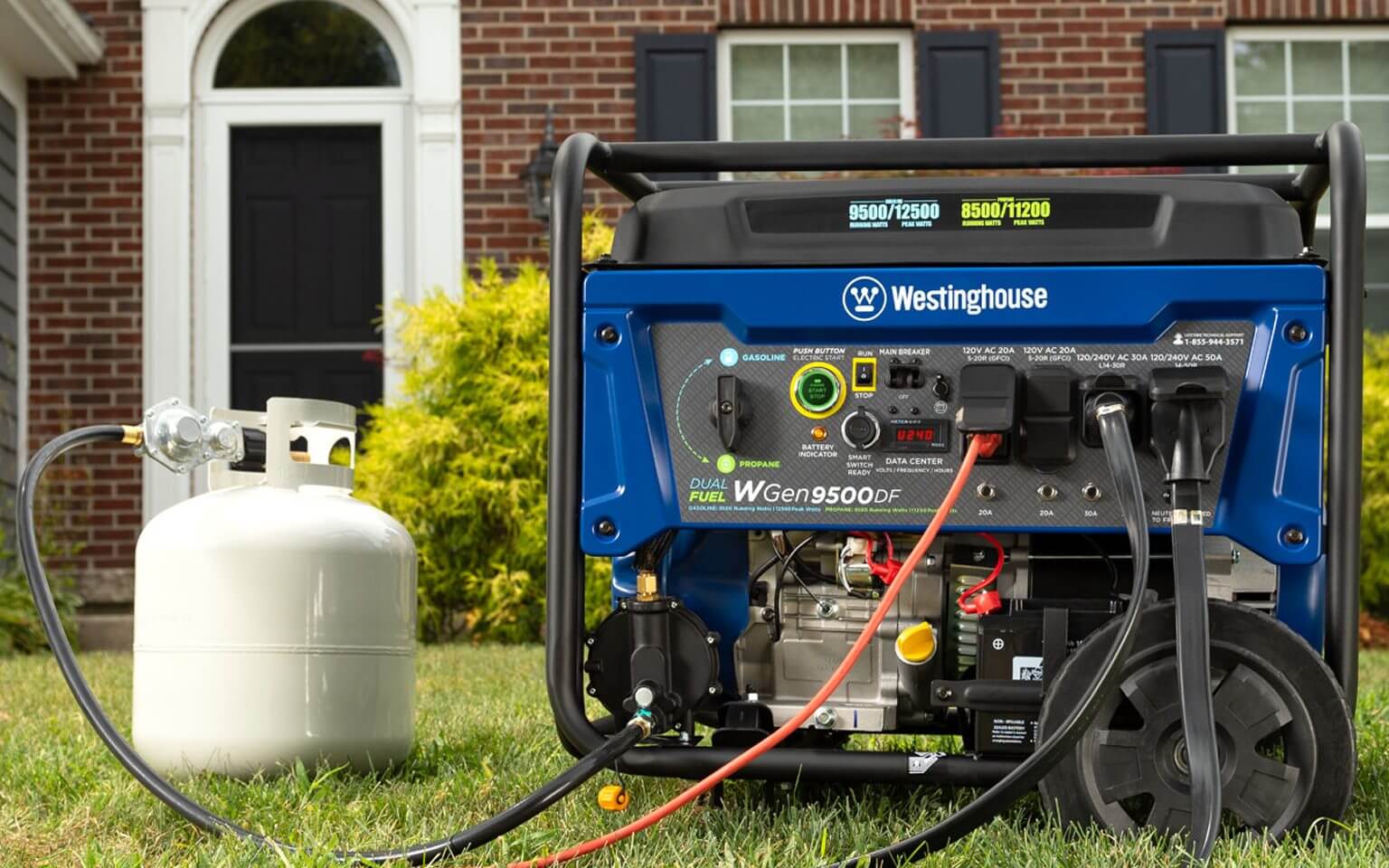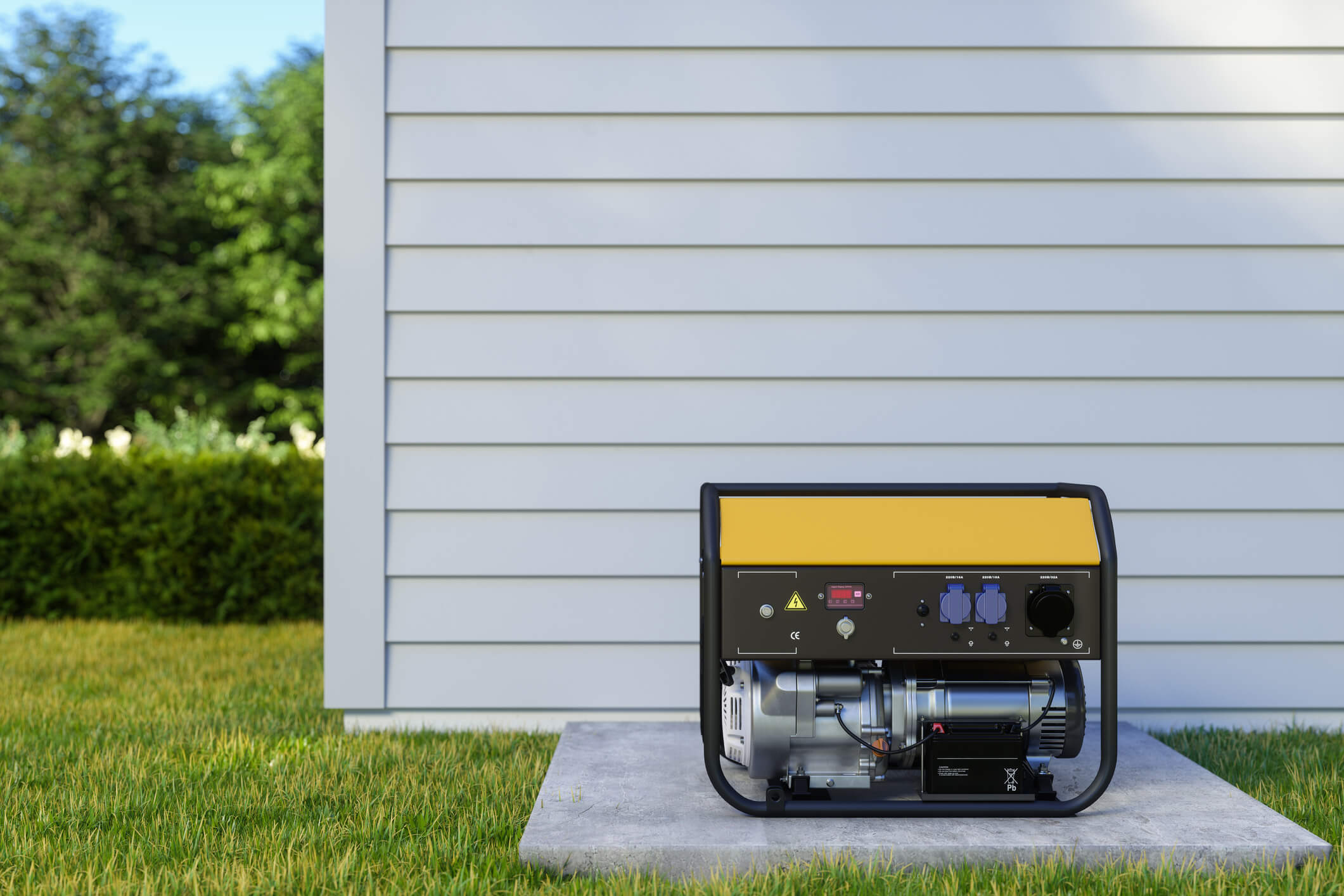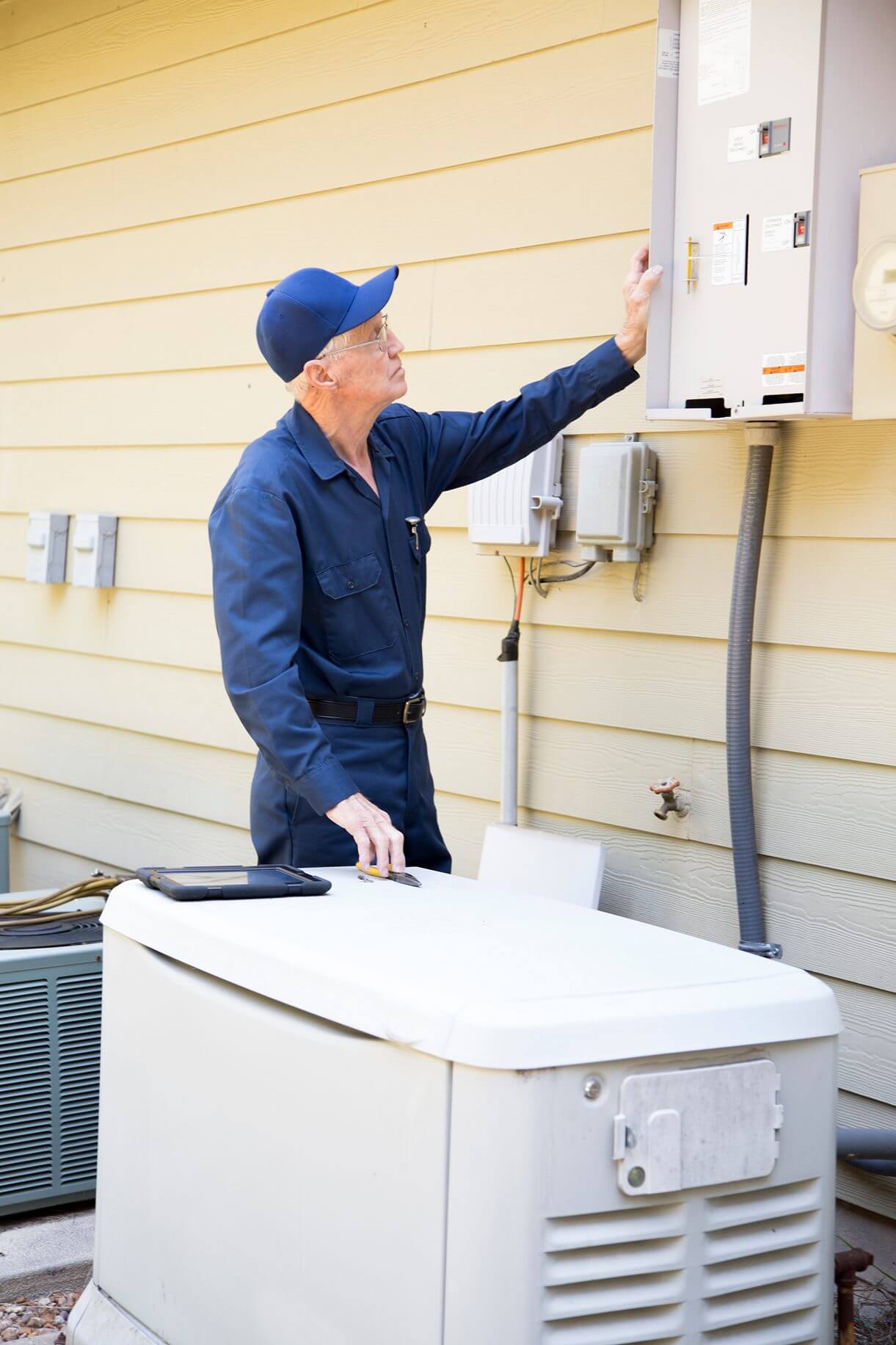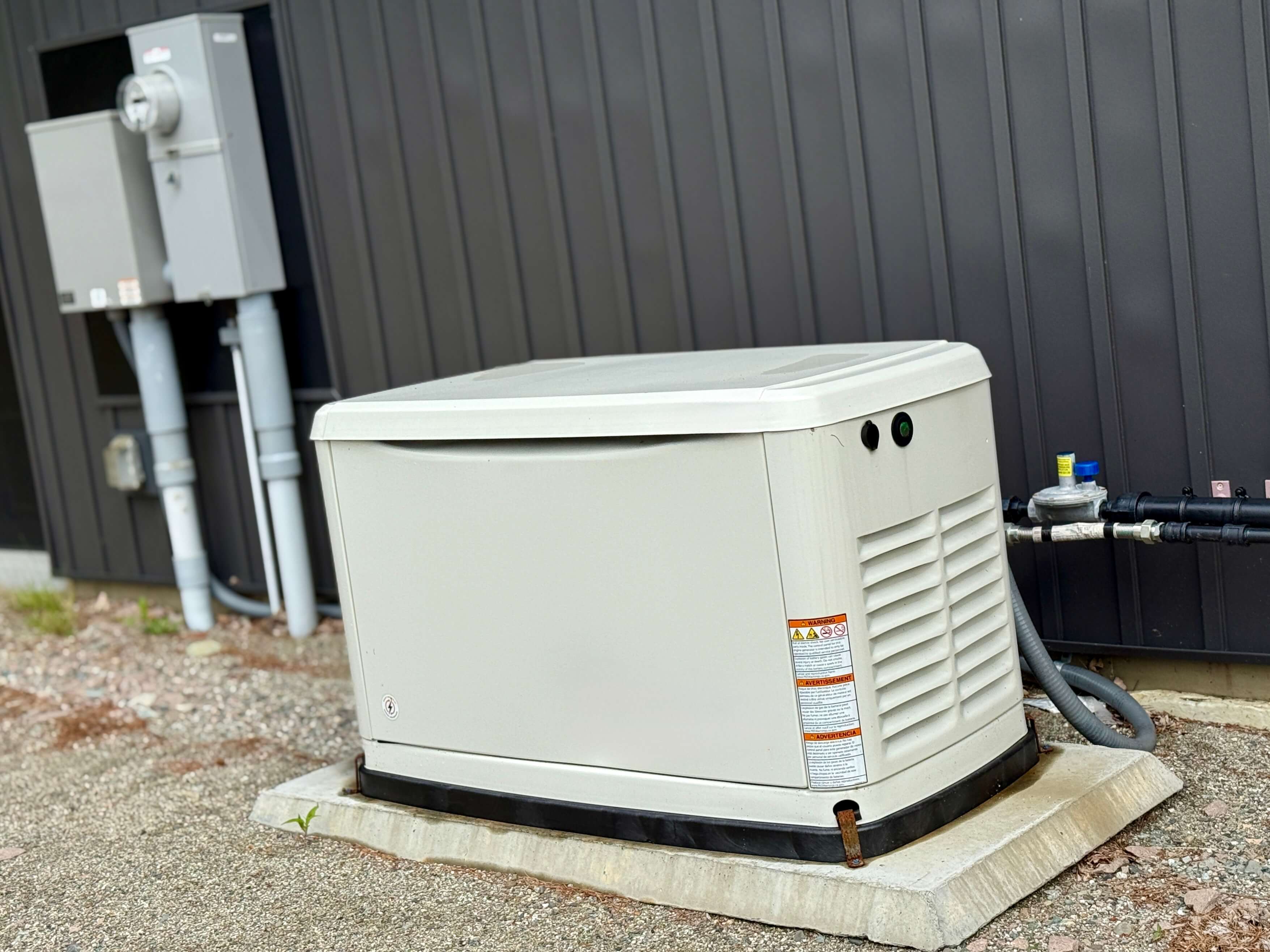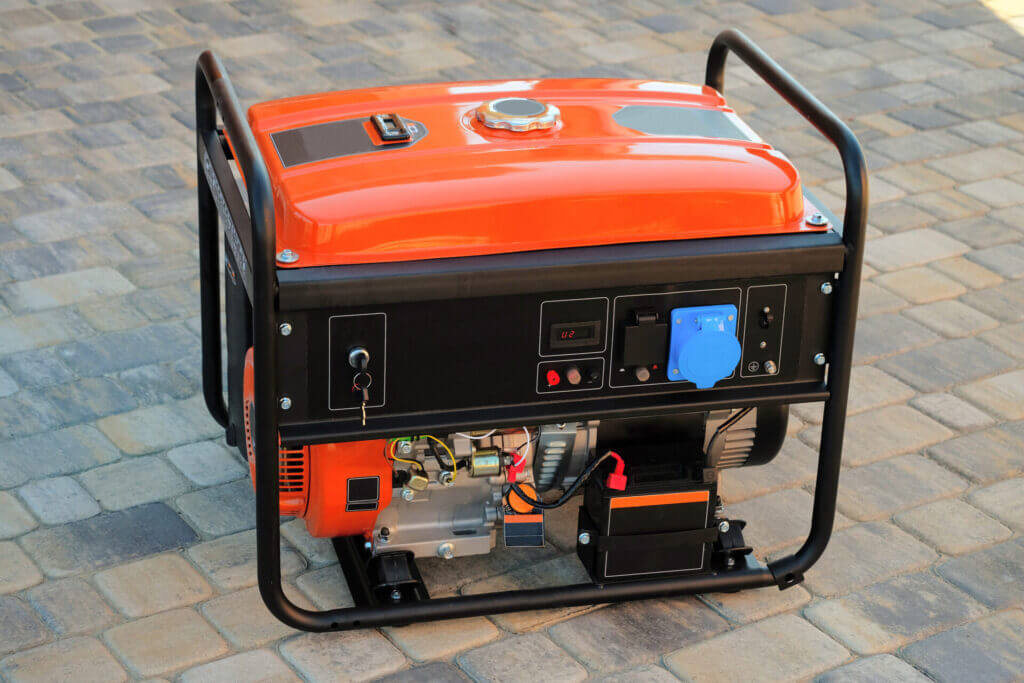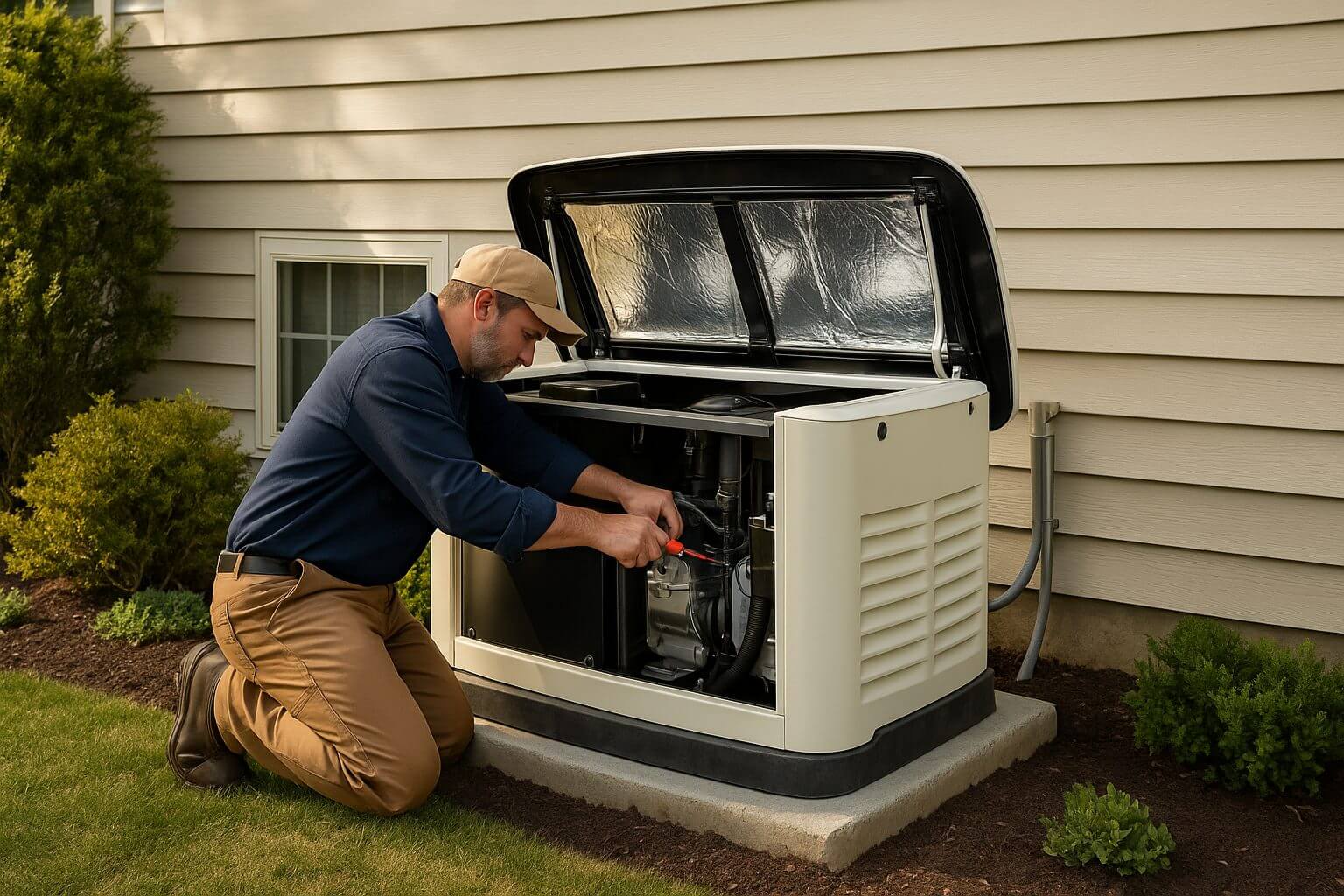Why Generator Size Matters
Picking the right generator size affects more than just how much you can power during an outage. It impacts safety, efficiency, and cost-effectiveness. A generator that is too small may overload and shut down when you try to run a major appliance. For example, if your refrigerator and sump pump both try to start at the same time, an undersized generator might trip a breaker or fail to power one of them.
On the other hand, a generator that is too large will cost more upfront and use more fuel than necessary, which can lead to higher long-term operating costs. The best approach is to match generator capacity to your essential household power needs, then include a margin for future-proofing.
Step 1: Identify Your Power Priorities
Deciding what to power during an outage is the first step in choosing the right size generator. These scenarios can help guide your choice:
- Whole-Home Backup: This means powering everything in your house as if the grid were still active, including HVAC systems, kitchen appliances, lights, and electronics. Homeowners in areas with frequent multi-day outages often choose this option for convenience and comfort.
- Partial Backup: This focuses on essentials such as the refrigerator, freezer, sump pump, furnace fan, key lighting circuits, and a few outlets for charging devices. It’s a more affordable and fuel-efficient choice for many homes.
- Portable or Targeted Use: For short outages or non-critical needs, you may only run select devices like a coffee maker, phone chargers, a TV, and a few lights. This approach works well with smaller portable or inverter generators.
Step 2: Understand Running Watts vs. Starting Watts
Knowing the difference between running and starting watts is essential to sizing your generator correctly.
- Running Watts (Rated Watts): This is the steady amount of power an appliance needs to operate. For example, a refrigerator might use around 700 running watts while keeping food cold.
- Starting Watts (Surge Watts): This is the extra burst of power needed to start certain appliances. Motors and compressors often require 2 to 3 times more wattage for a few seconds when starting. A refrigerator that runs at 700 watts may need 2,200 watts to start.
Example Scenario
If you plan to run a refrigerator (700 running to 2,200 starting), a sump pump (1,000 running to 2,100 starting), and some lighting (300 running), your generator must handle not only the combined running load but also the highest starting surge at any given moment.
Step 3: Typical Wattage Needs for Common Household Appliances
This table offers general estimates to help you plan, but always check the manufacturer’s specifications for exact numbers.
| Appliance or Device | Running Watts | Starting Watts |
|---|---|---|
| Refrigerator/Freezer | 700 | 2,200 |
| Sump Pump (1/2 HP) | 1,000 | 2,100 |
| Central AC (3 ton) | 4,500 | 7,500 |
| Space Heater | 1,500 | 1,500 |
| Electric Water Heater | 4,500 | 4,500 |
| Microwave Oven | 1,000 | 1,000 |
| Lights (per 5 bulbs) | 300 | 300 |
| TV + Router | 250 | 250 |
| Laptop Charger | 65 | 65 |
Example Usage
If you want to power a central AC unit (4,500 running to 7,500 starting), plus lights and a refrigerator, your generator must produce at least 7,500 starting watts, even if the total running wattage is lower.
Step 4: Match Your Needs to Generator Types
| Generator Type | Power Output Range | Best For |
|---|---|---|
| Standby | 7 to 25 kW | Whole-home or large partial backup, automatic start, long-term outages |
| Portable | 2 to 10 kW | Essential circuits or targeted appliance use, manual setup |
| Inverter | 1 to 7 kW | Small homes, sensitive electronics, camping, quiet operation |
| Dual-Fuel | 3 to 12 kW | Flexible fuel use for partial backup, extended run time |
| Solar/Battery | 0.5 to 3 kW | Small devices, lighting, supplemental power to another generator |
Example
A family in a rural area with frequent storms might choose a 22 kW standby generator for whole-home coverage. A small household in a mild climate might be better served by a 5 kW portable generator to power a fridge, lights, and a window AC unit.
Step 5: Calculate Your Total Wattage
Here’s how to determine the size you need:
- List all appliances and devices you want to run during an outage. This could include major systems like HVAC and water heaters, as well as smaller items like laptops and lamps.
- Write down running watts for each.
- Find the starting watts for items with motors or compressors.
- Add up the running watts, then add the highest starting watts (or multiple starting watts if more than one large appliance will start at the same time).
- Add a 20% to 25% buffer for safety and future growth.
Example
Refrigerator (700 to 2,200) + Sump Pump (1,000 to 2,100) + Lights (300) = 2,000 running watts, but 4,300 starting watts. Adding a 25% buffer brings the generator size recommendation to around 5.5 kW.
Download Your Free Wattage Calculation Worksheet
Don’t guess when it comes to your home’s backup power needs — calculate them.
Our Home Generator Sizing Worksheet makes it simple to list your appliances, record wattage, and total your requirements. Whether you’re aiming for full-home coverage or just the essentials, this tool helps ensure you choose a generator that’s safe, efficient, and perfectly matched to your needs.
Print it out, fill it in, and keep it handy for generator shopping or consultations with an installer.
This printable PDF includes space to:
- List all appliances and devices you want to power
- Record running and starting watts for each
- Add your totals and apply a buffer to find your recommended generator size
Final Thoughts
Sizing your generator correctly is just as important as choosing the right type. A well-sized generator ensures you can run what you need without wasting money on excess capacity. By making a list of essentials, calculating wattage, and allowing for surge power and future needs, you can be confident in your choice — whether that means a standby unit for whole-home backup or a portable or inverter generator for partial coverage.
Compare top-rated generators pros in your area.
Read real homeowner reviews, explore qualifications, and view promotions. Modernize makes it easy to browse professionals and find one that will be perfect for your project.
